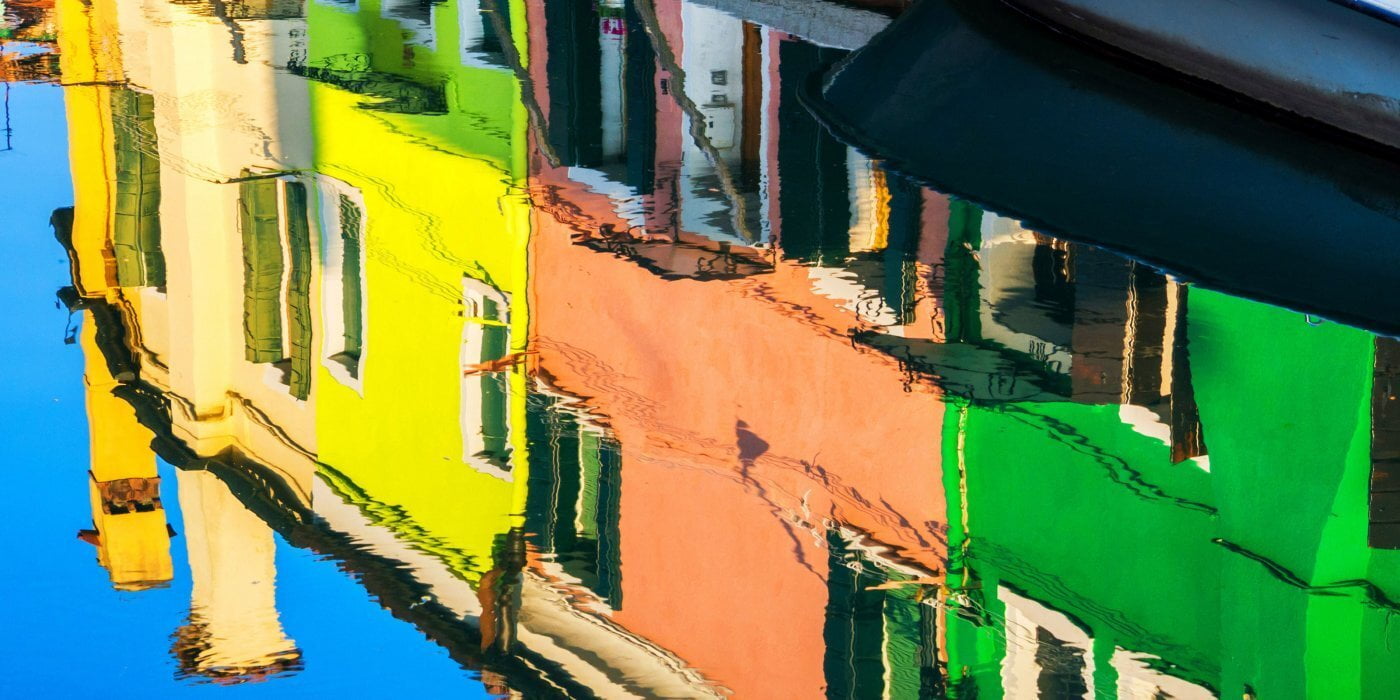Among some of the most related to cities development areas of expertise are architecture, construction, engineering, urbanism, etc. So where is the place of social psychology then and how psychosocial processes could affect urban development?
A simple prove that the development of a specific urban area depends on psychosocial processes is that we all have seen specific places where architects, constructors, engineers and investors have put a lot of efforts, expertise and resources to create something beautiful or functional, and it is abandoned or neglected by local communities. Why it is happening?
The Center for Active Design in New York City has spent several years in researching the connection between the use of public spaces and the attitudes and behavior of locals. They have found out that design and construction alone are not enough to attract people to use the space or to engage them in its development and protection. What worked in attracting and involving people were campaigns and activities that influence their perceptions, emotions and attitudes. They have identified three key factors:
- Visibility – introducing people to the place existence through engaging events such as gatherings, music, food. Make them notice the place as a specific environment
- Approachability – welcoming people and showing them it is their place with simple engaging activities from games and plays, to presentations and nature-related programs such as bird-watching, painting, etc. Make them be thrilled.
- Flexibility – enter programming into a place’s existence. While certain fixtures of design are permanent, programming is not. As such, programming allows for spaces to be adaptable and to serve multiple functions. For example, turning an underutilized alley into a vibrant place to mingle using both design (public art and bistro tables) and programming (live music, movie nights, food festivals, and art walks). Surprise them.
A specific but a complex example is the issue with shared urban spaces in post-communist countries in Central and Eastern Europe. There is a lovely project in this geographic area developed within the Creative Europe program called Shared Cities: Creative Momentum being a European platform addressing the contemporary urban challenges of post-communist European cities. One of the greatest products of this project is The Cities Magazine #1/2017 edition published under the title Shared Cities: Mapping the Post-Communist Status-Quo. It gives different perspectives of shared spaces in post-communist cities and the connection with psychosocial processes:
“Today, we can still see the consequences of this communist perception of common property. As a rule, public property was considered to be property of the state, not of the society or the people; “state” meant “ownerless”. Public spaces in cities, as an example, were strongly dominated by the authorities. It was a place where people were expected to demonstrate their support towards the government. This was exemplified on May Day parades held in every town and city of the Eastern Bloc; they usually included a military display and the presence of party leaders being greeted by applauding crowds. It was a space of control and had nothing to do with the feeling of freedom or safety. However it might have been attached to communism, this idea did not automatically begin to change after the turn towards democracy; in fact, this concept of commonality still exists in the cities of our region. Discovering how and why it has survived the period of transformation elucidates many fundamental tenets of the Central European perspective.
When considering a broad-stroke comparison to communism, the free-market oriented economies found individual property to be morally superior to common property. This was reflected in the way individual property was granted strong legal protection. The post-communist property transformation was based on a battle for the primacy of the private over the public and common. It was easily adapted in Central-Eastern European cities where the association with common property had been perceived with disdain.”
All these processes are very visible in Bulgaria, too. That is why different placemaking projects suffer from hard starting or lack of sustainability in terms of community engagement. Maybe we should read and gain some know-how first, before we act. That is why thanks to BG Be Active Association MUZZA got involved in the process of translating this inspiring magazine that could explain a lot, give inspiration and practical ideas to all those who want to provoke change both in people and environment.
Here you could find the Bulgarian version of Cities Magazine #1/2017, Shared Cities: Mapping the Post-Communist Status-Quo

